Stingrays are among the most fascinating and majestic creatures inhabiting the oceans. In American waters, these graceful giants have captivated the attention of researchers and enthusiasts alike for their size, beauty, and important role in the marine ecosystem. Let’s journey through the depths and explore the 10 largest stingrays ever found in American waters.
Understanding Stingrays

Stingrays are cartilaginous fish related to sharks. They are known for their flat bodies and long, whip-like tails, often equipped with venomous spines. These spines serve as a potent defense mechanism against potential predators, highlighting the stingray’s evolutionary adaptation to its environment. Typically found in warm, coastal waters, they inhabit both saltwater and freshwater environments.
The Importance of Size

Size plays a critical role in understanding stingrays, not only because it affects their predatory and defensive capabilities but also because it influences their role in the food chain. Larger stingrays often serve as indicators of healthy marine ecosystems, as they require ample food and space to thrive.
The Giant Freshwater Stingray

Regarded as one of the largest species, the Giant Freshwater Stingray can reach lengths of up to 16 feet, although it is primarily found in Southeast Asia. However, sizable individuals have occasionally been spotted in American waters, particularly in regions with brackish water systems, showcasing the species’ adaptability.
American Polka-Dot Stingray

The American Polka-Dot Stingray is often admired for its distinct and beautiful patterns. These stingrays can grow quite large, though not as massive as their giant counterparts. They are most commonly found in the Amazon River basin and the coastal waters of Florida, where they can reach lengths of up to 5 feet.
Southern Stingray Encounters

The Southern Stingray is a frequent sight in the western Atlantic Ocean, from New Jersey to Brazil, including the Gulf of Mexico. Known for their diamond-shaped bodies, these stingrays can grow up to 6 feet long. They are often seen near sandy and muddy substrates where they feed on benthic invertebrates.
Spotted Eagle Ray Giants
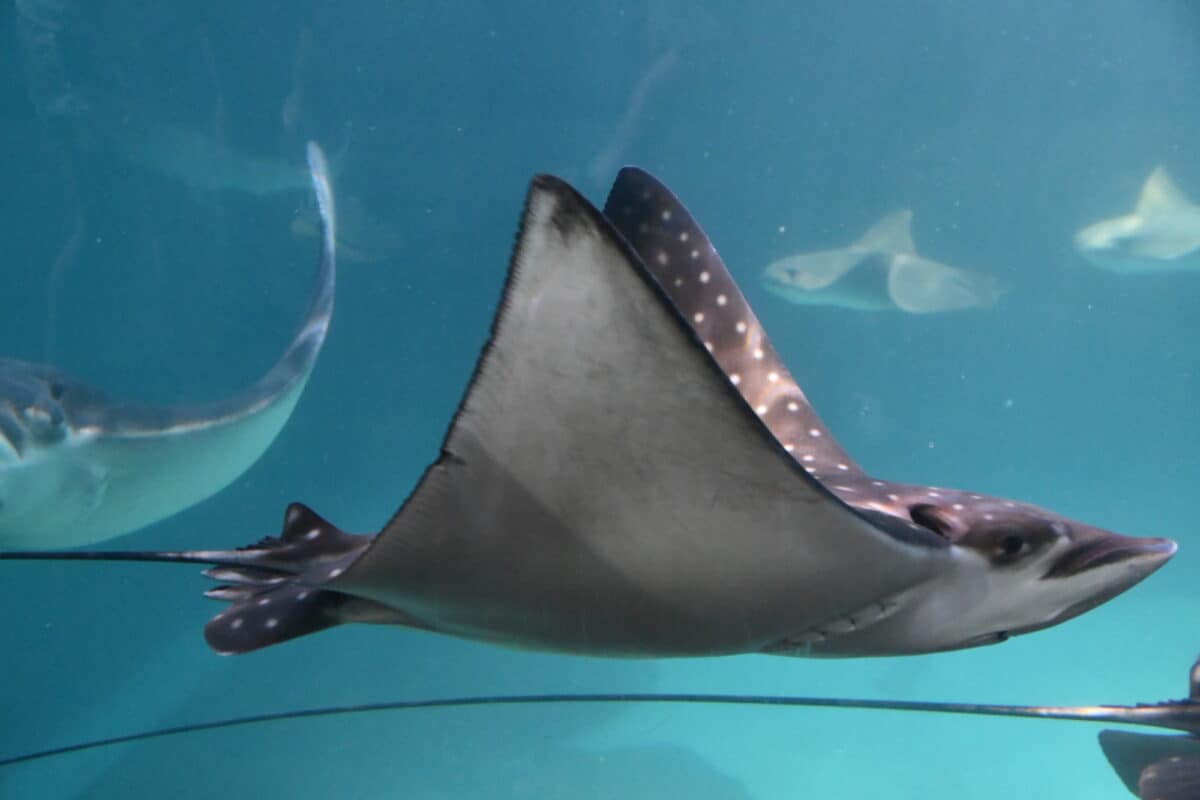
Spotted Eagle Rays are renowned for their breathtaking spotted patterns and wide pectoral wings. Found throughout the western Atlantic Ocean, these stingrays can grow up to 8 feet in wingspan. They are usually seen gliding gracefully above coral reefs and seagrass beds, feeding on mollusks and crustaceans.
Atlantic Stingray Discoveries

The Atlantic Stingray, while smaller than some of its counterparts, still makes a notable impact with a maximum size of around 2.5 feet. These stingrays are prevalent from Chesapeake Bay to the coastal waters of the Gulf of Mexico. They exhibit significant adaptability by thriving in both saltwater and freshwater habitats.
Cownose Ray Aggregations
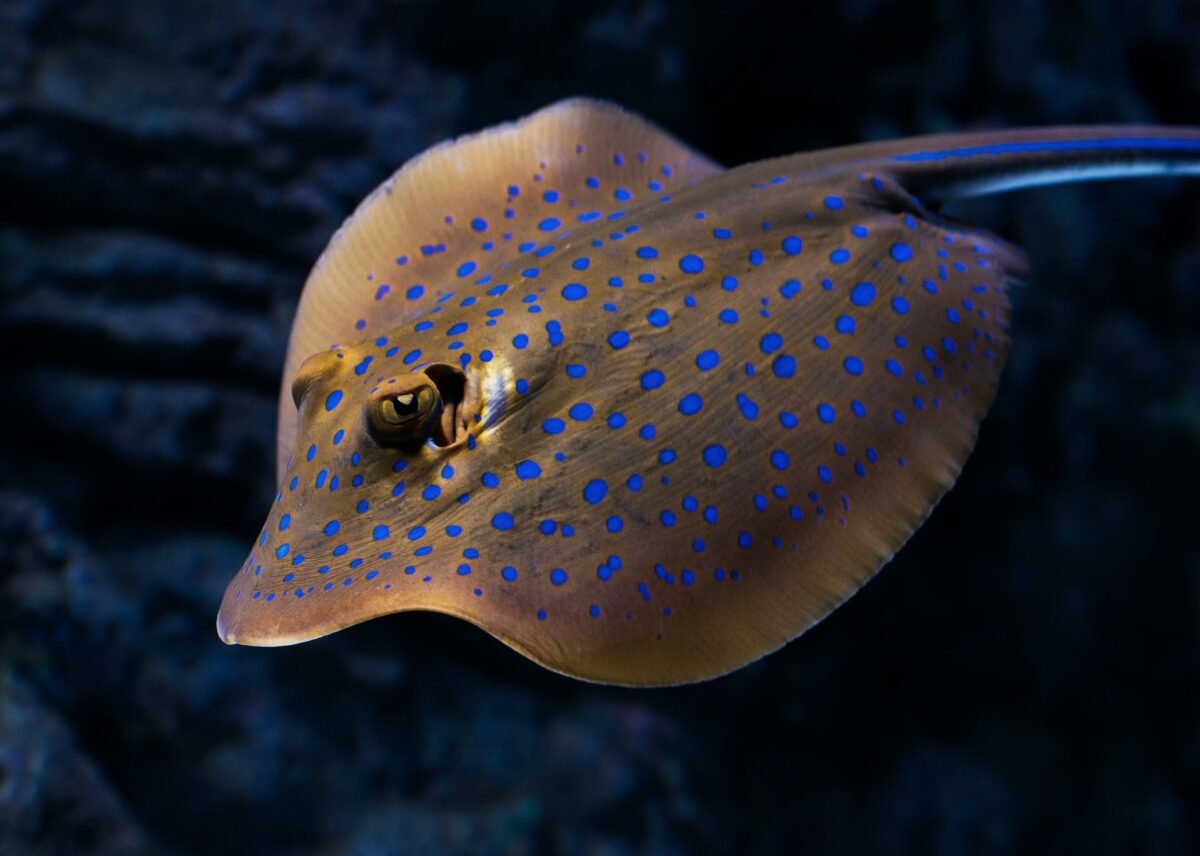
Cownose Rays are known for their seasonal migrations along the eastern coast of the United States. These stingrays travel in large schools, which sometimes number in the hundreds or thousands, and can reach a width of up to 3 feet. Observing a cownose ray aggregation is a spectacular sight synonymous with the vitality of coastal ecosystems.
Bluntnose Stingray Observations
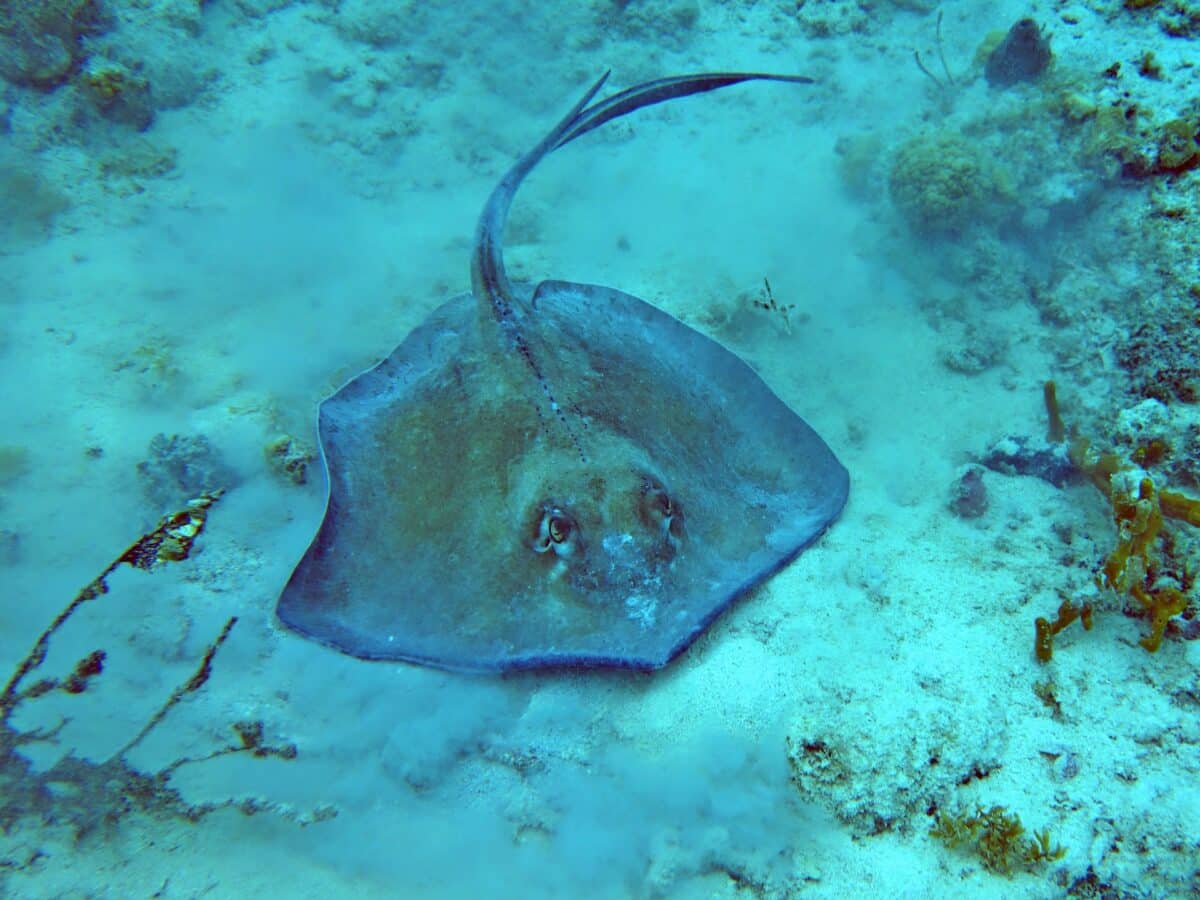
The Bluntnose Stingray, found in the western Atlantic Ocean, can grow up to 4 feet in length. These stingrays are often seen in shallow, benthic habitats where they can effectively use their striking camouflage to blend with the ocean floor, making them one of the artful predators of their environments.
Roughtail Stingray Giants
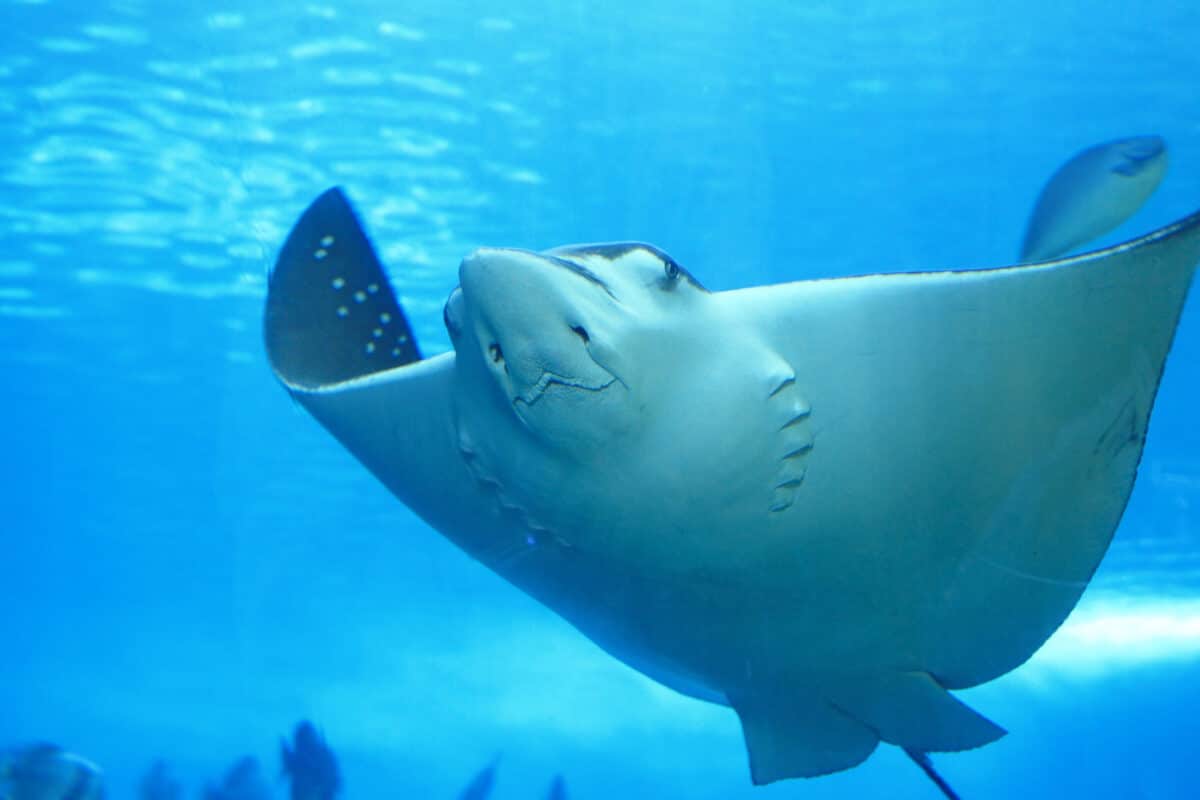
The Roughtail Stingray is noted for its extraordinary size, with some specimens reaching over 7 feet across. These stingrays inhabit the western Atlantic Ocean, from New England to Florida and into the Gulf of Mexico. They are often found near rocky and sandy bottoms, where they feed on an assortment of bottom-dwelling fish and crustaceans.
Stingray Evolutionary Significance
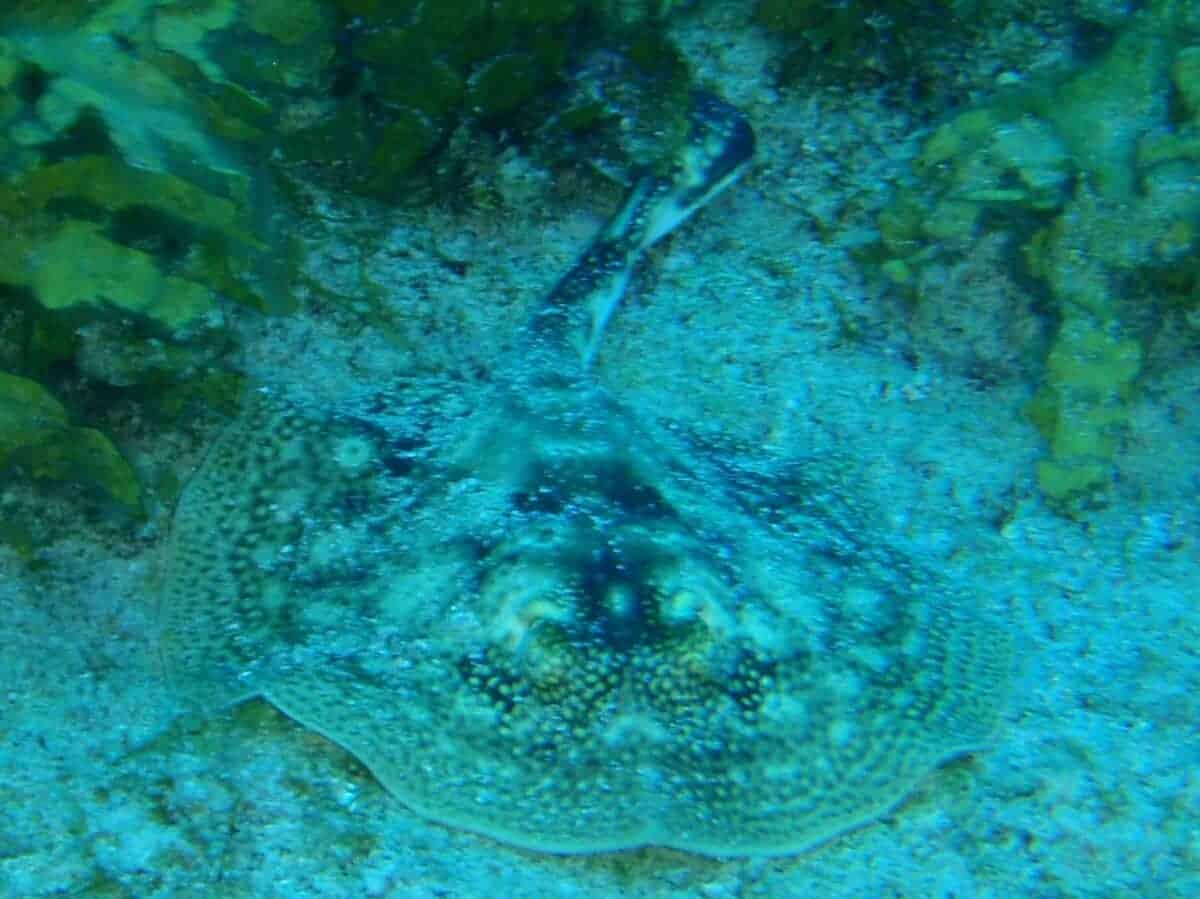
Beyond their impressive sizes, stingrays offer insights into evolutionary biology and marine ecology. Their adaptability and varied diets reflect a successful evolutionary path, allowing them to thrive in different environments and maintain a critical balance within marine food webs.
Conserving Stingray Populations

The conservation of these large and vital creatures is crucial for maintaining healthy marine ecosystems. Human activities, including fishing and habitat degradation, pose significant threats to stingray populations. Conservation efforts focus on habitat protection, pollution reduction, and the enforcement of sustainable fishing practices to ensure these majestic creatures continue to glimmer beneath the ocean’s surface.
In Conclusion: Celebrating Stingrays
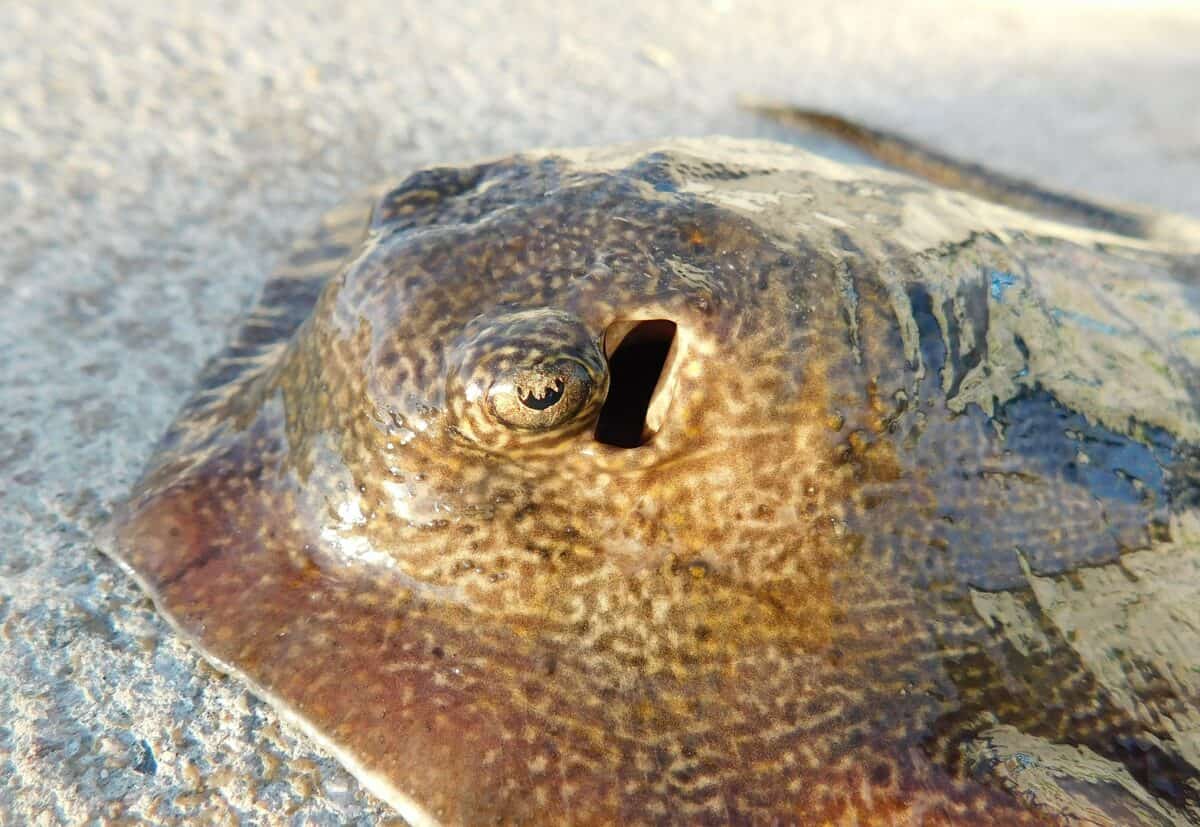
Stingrays, with their awe-inspiring sizes and graceful movements, offer a glimpse into the wonders of the marine world. By understanding and protecting these remarkable creatures, we not only preserve a vital part of our natural heritage but also maintain the balance and health of the ecosystems they inhabit. As we continue to explore and learn, may we always celebrate these magnificent inhabitants of American waters.
- The 10 Largest Stingrays Ever Found in American Waters - August 14, 2025
- 15 Loudest Animals on Earth - August 14, 2025
- 15 Common Mistakes When Caring for Pet Birds - August 14, 2025

